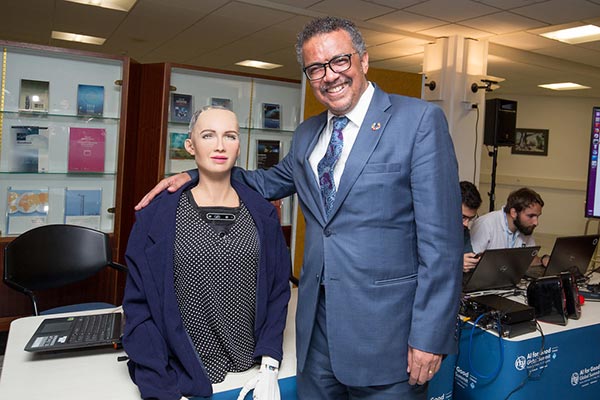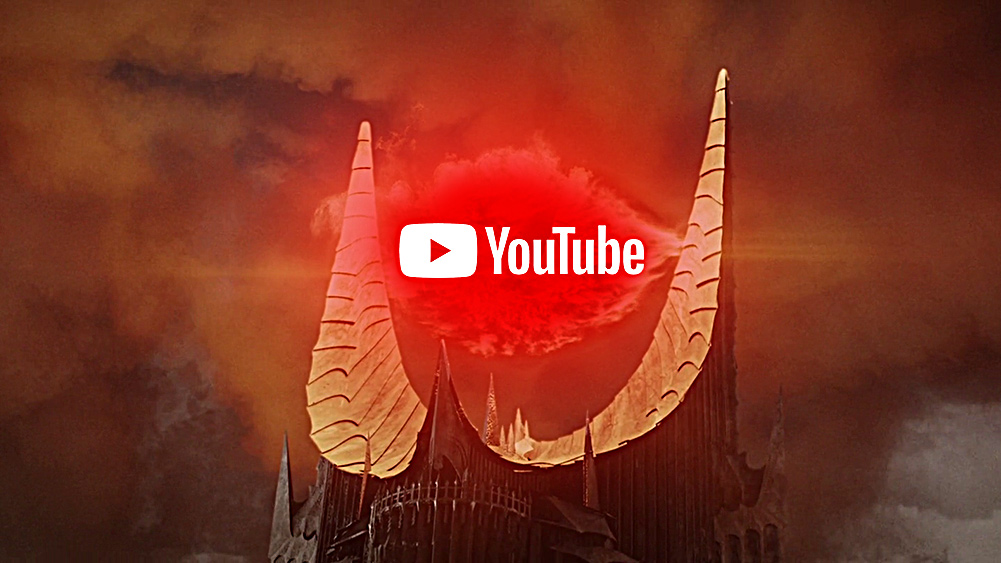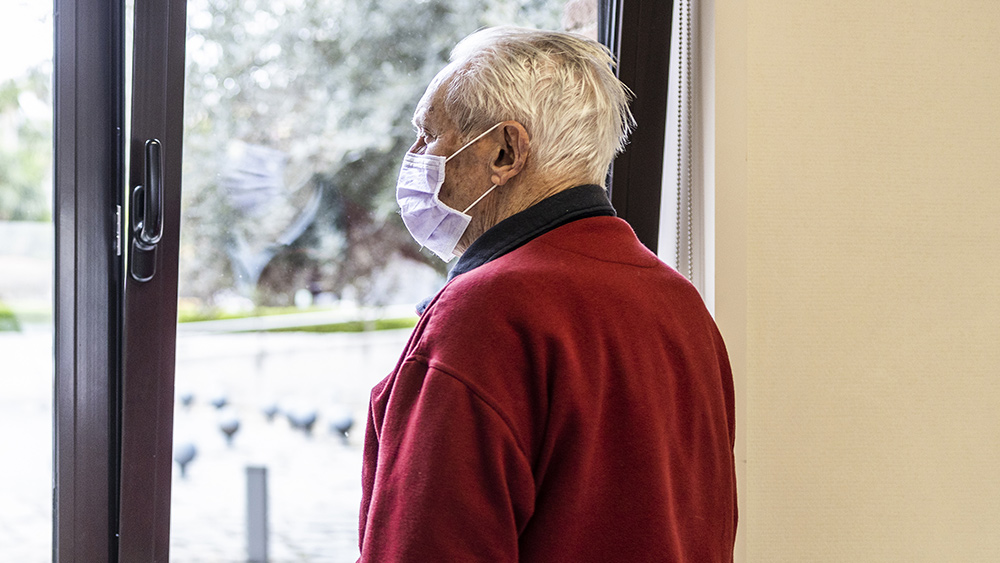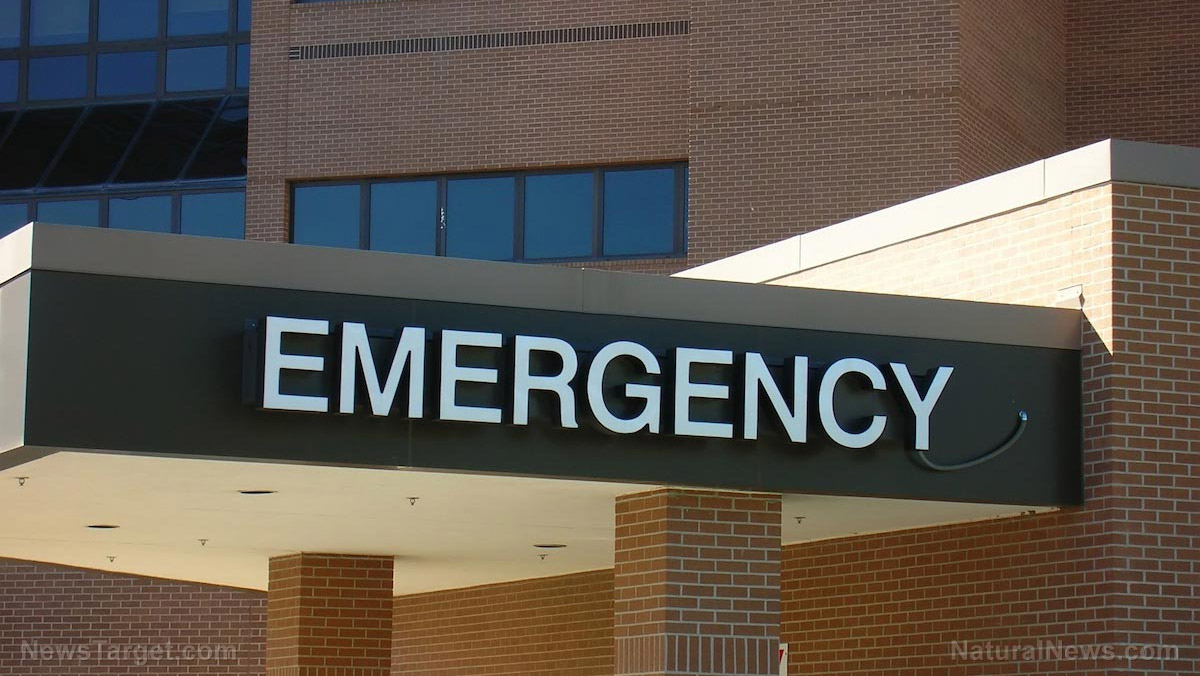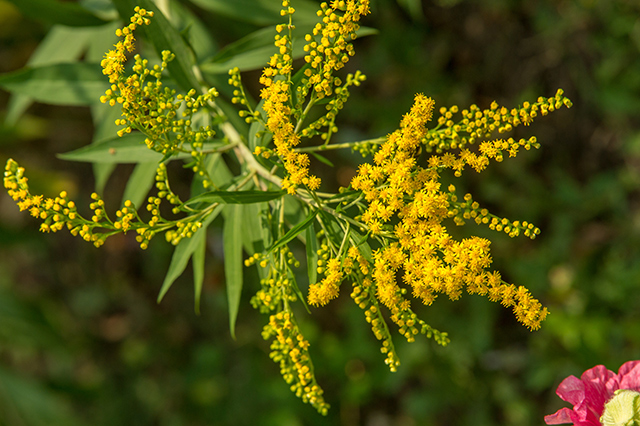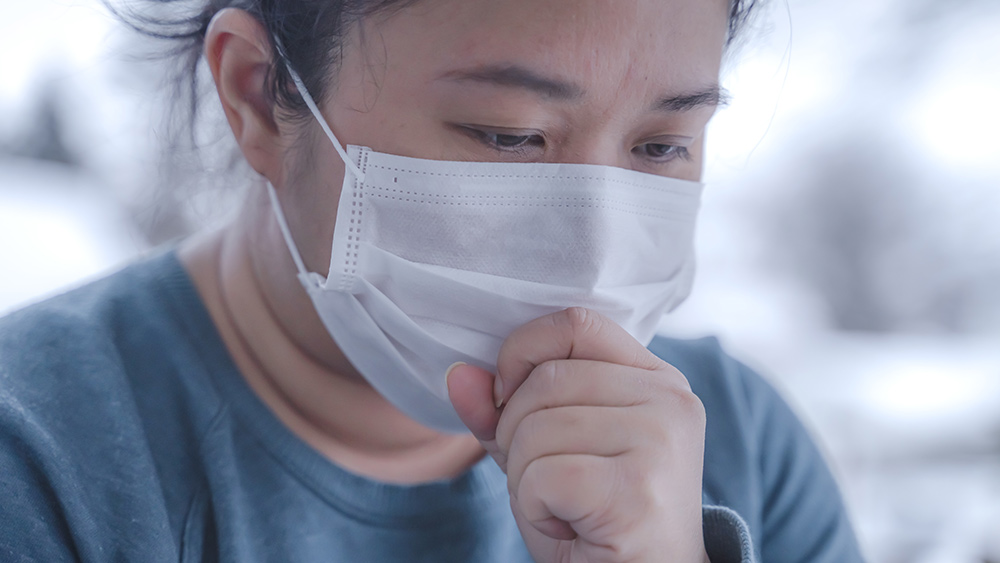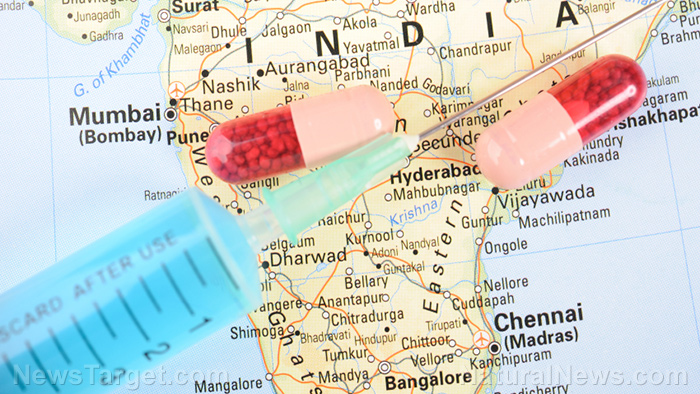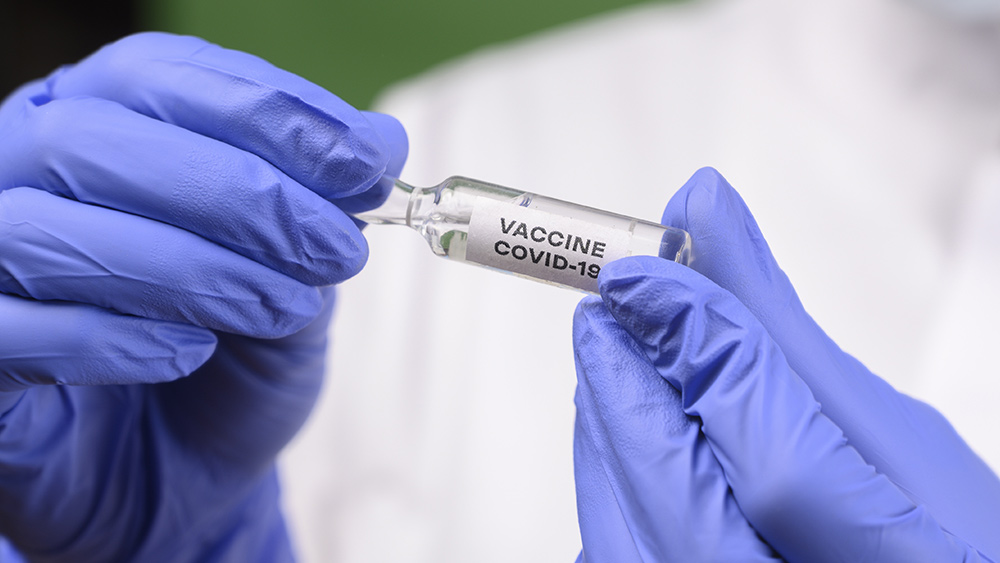Is President Trump underestimating the coronavirus in his bid to reopen America?
05/12/2020 / By Franz Walker
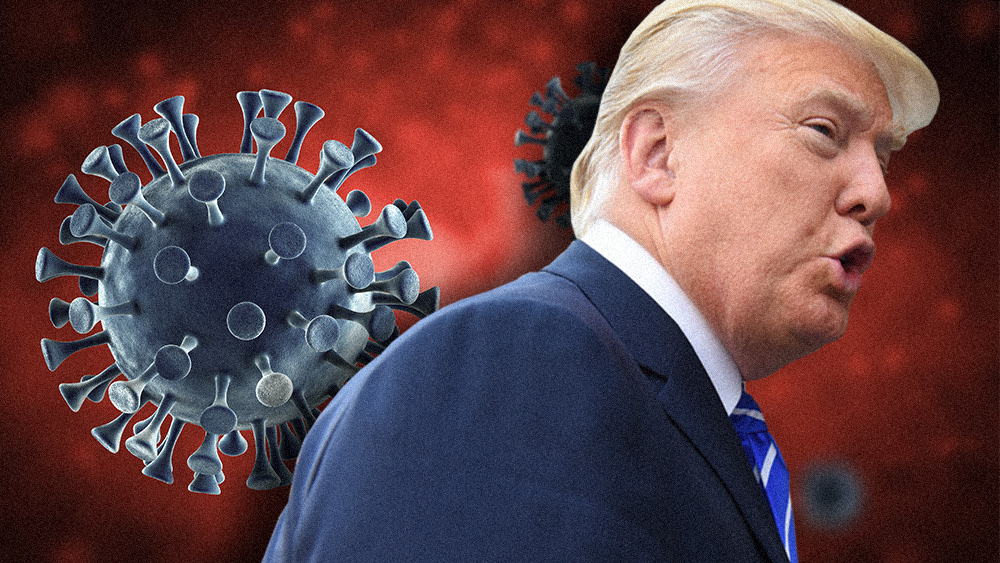
Despite having the highest coronavirus caseload in the world, many states in America have unveiled plans to open up, as part of President Donald Trump’s gamble to get the economy back on track. Official coronavirus reports from the field, however, paint a grim picture – showing that the president may be wildly underestimating the pandemic.
For instance, Nebraska Gov. Pete Ricketts relaxed statewide restrictions on May 4, following the lead of Georgia and Alabama, to restart their economy. The move allowed churches, restaurants and barbershops to reopen across the state; Nebraska Crossing became one of the first malls in North America to reopen its doors in the wake of the pandemic.
The reopenings seem to paint a picture of happy days for Nebraskans, but official statistics tell a different story. Just a week after reopening, Nebraksa recorded a 57 percent increase in the daily number of new cases, bringing the state’s total caseload to 7,190.
When measured in the number of COVID-19 cases per 100,000 people, Nebraska is facing the worst outbreak of the disease outside of early hotspots like New York, Louisiana and Illinois — all of which are now seeing a decline in new cases.
Trump is taking a gamble
It’s worth noting that Nebraska is just one of at least 42 states that have begun easing coronavirus restrictions. Like Nebraska, many of those states are far from having the disease under control and are unprepared to meet the challenges ahead.
In addition, Nebraska’s – as well as the other states’ – decision to open was directly influenced by White House rhetoric, which augurs that the virus is mostly under control after weeks of restrictions and that these states won’t face an even deeper public health crisis. Just a day after Gov. Ricketts heralded Nebraska’s opening, Trump praised the state and others like it that moved quickly to get the economy back up.
“We have to get our country open, we can’t keep our country closed,” he said during a tour of a Honeywell mask factory in Arizona.
According to Brad Coker, managing director of Florida-based Mason-Dixon Polling & Strategy, Trump’s gamble could backfire if the outbreak resurges. “If they start to do this and it comes back strong — in a way that everybody really sees it as coming back strong — in states like Florida, it’s much worse than it is right now, yeah, that’s going to be a big price to pay.”
Others see it as tantamount to surrendering to an enemy just because the economic burden is too much.
“You don’t stop fighting a war in the middle, just because it’s gotten expensive or burdensome. And you can’t ask a virus for a truce,” stated Jeremy Konyndyk, a senior policy fellow at the Center for Global Development and a key player in the U.S.’s response to Ebola in 2014.
Dr. Anthony Fauci, the infectious disease expert who’s been central to the federal response to the pandemic, also addressed the subject, asking states “how many deaths and how much suffering are you willing to accept.”
As of press time, America now has more than 1.3 million coronavirus cases and 80,000 deaths based on data from Johns Hopkins University.
More worrying for the states now lifting restrictions, new analysis has shown that, when data from New York — where cases are now on the decline — is excluded, the pandemic is still on an upward curve in the rest of America.
The second wave will take time to build
Public health experts also expressed concern at the current gamble of the White House, saying that the negative effects of reopening may not be visible immediately.
“It takes a while for a wave to build,” said Howard Forman, professor of public health at Yale University. “My guess is that where states reopen we are going to see the build of a wave sometime late in the summer that will start to be more and more scary.”
Eric Topol, professor of molecular medicine at Scripps Research, agrees. “In the early days of reopening everybody is feeling great. The weather is perfect, people are congregating. Check back in a month and see how it’s going.”
However, with states like Nebraska reporting upswings in cases, the second wave may end up coming sooner then these states think.
Sources include:
Tagged Under: America, coronavirus, covid-19, disease, economy, epidemic, Flu, government, infections, outbreak, pandemic, risk, second wave, states, Trump, USA, White House


